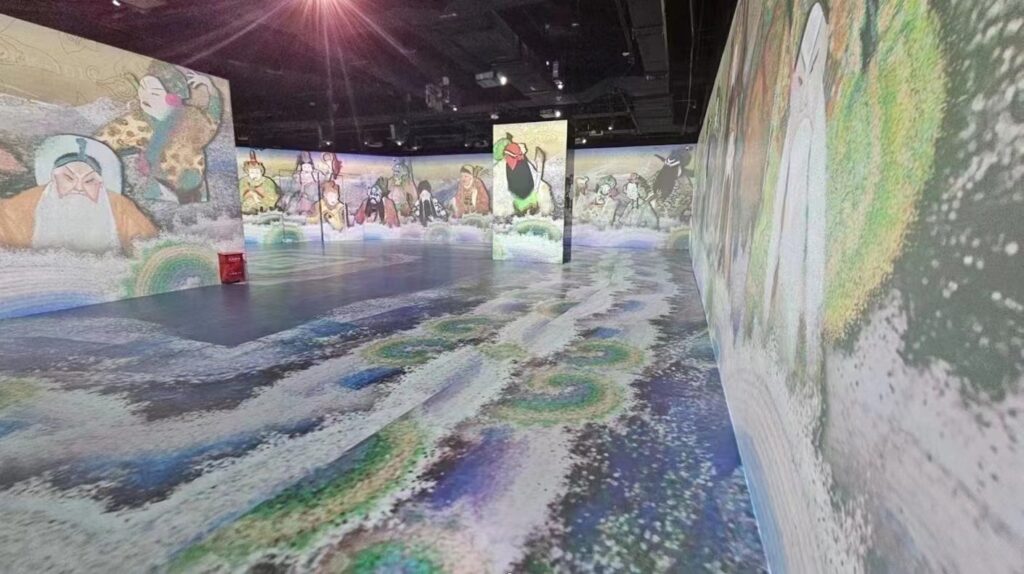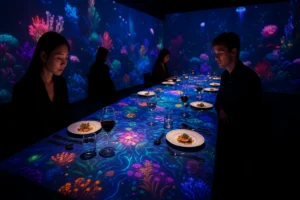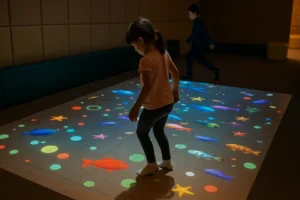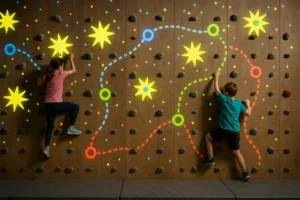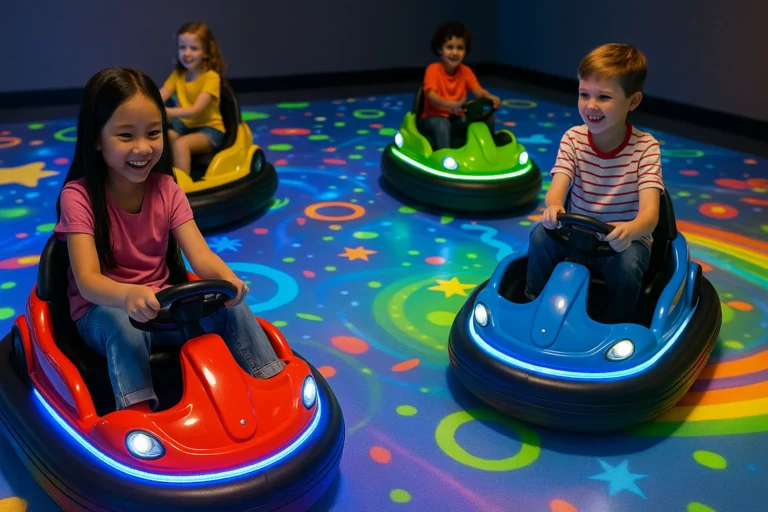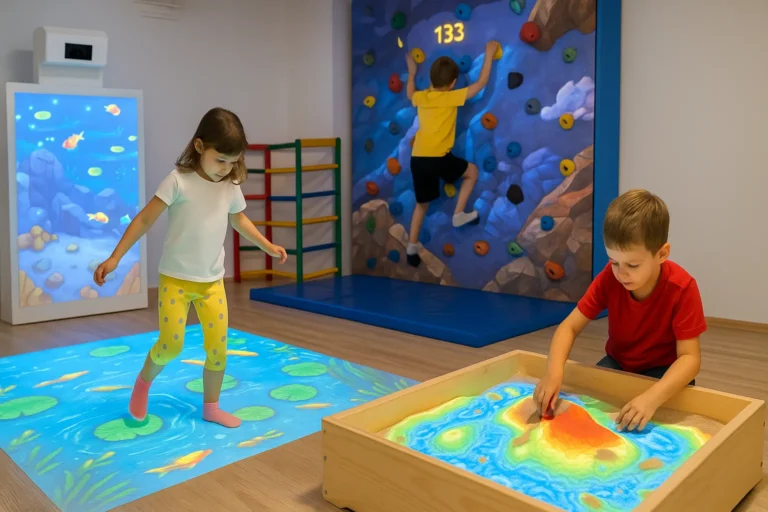🔍 What Defines a Successful Immersive Art Museum Scene?
A successful immersive art scene is more than just visually stimulating—it’s an all-encompassing experience that sparks emotion, interaction, and exploration. Key features include:
- ✨ 360° projection mapping
- 🎧 Sound-reactive environments
- 👣 Motion and touch interactivity
- 🧠 Cognitive and emotional engagement
Companies today integrate Immersive Interactive Art Museum Projector Venue Building solutions to design scenes that respond in real-time to visitor movements and emotions. The best systems merge high-resolution visuals with spatial audio, transforming passive viewers into active participants.
🛠 Software Customization – The Core of Immersive Art Scene Systems
When discussing Immersive Art Scene Software Customization, we refer to tailor-made digital tools that power:
- 🔁 Real-time scene transitions
- 🧩 Scene layering & asset management
- 🖼 Dynamic visual updates
Most top-tier companies and software makers offer modular systems that can be adapted to a museum’s unique narrative. Whether your scene needs to represent Van Gogh’s swirling stars or an underwater VR coral reef, software customization allows museums to buy or order exactly what they need.
Some hottest software platforms offer AI-enhanced user tracking and interactive storytelling games that evolve based on visitor decisions—turning art into a collaborative experience.
🧱 Venue Building with Interactive Projector Systems
The foundation of a mesmerizing museum experience lies in the hardware system—especially projectors and sensors. Here’s what a basic immersive venue might include:
- 🎥 Short-throw 4K projectors
- 🎯 Motion-tracking cameras
- 🎚 Sensor-based light controllers
- 🧠 AI integration hubs
Top projector venue system suppliers offer scalable solutions depending on the space and audience expectations. From a small game-style installation to an expansive multi-room museum store, scalability and modularity are essential.
Some systems come pre-loaded with immersive art games, while others allow scene designers to upload custom-made software. Always check with the manufacturer whether the projector system supports your creative vision.
🧩 Scene Themes and Multi-Sensory Design Strategy
To fully engage visitors, immersive scenes must cater to multiple senses. Some popular themes include:
- 🌌 Outer space & constellations
- 🏞 Nature & ecological awareness
- ⛩ Cultural heritage & mythology
- 🔮 Abstract expressionism with real-time data input
Using scent diffusers, directional audio, and interactive floor systems, designers build multi-sensory environments that invite movement and emotional response.
🎯 Goal: Create a cohesive narrative flow from one scene to another using lighting, sound cues, and spatial direction.
This holistic design approach transforms an art museum from a static gallery to a living, breathing experience center.
💸 Pricing, Installation, and Where to Buy Immersive Systems
So, how much does it cost to build a fully immersive art museum scene?
Here’s a quick reference of estimated prices:
| Item | Average Price (USD) |
|---|---|
| Projector + Sensor System (per room) | $15,000 – $40,000 |
| Software Customization (per scene) | $5,000 – $20,000 |
| Full Venue Design & Installation | $50,000 – $500,000+ |
Where to buy? Many top-rated manufacturers and suppliers have online stores or accept custom orders through authorized resellers.
🛒 Consider buying from companies that offer:
- 🔧 Free post-installation service
- 📦 Scene content bundles
- 🔄 Software updates for the latest experiences
🧭 Future Trends – AI, VR, and Hyper-Personalization
The next big leap in immersive art museum experience design is hyper-personalization. Systems are increasingly integrating:
- 🧠 AI-driven visitor behavior analysis
- 🕶 VR & AR enhancements
- 💾 NFT or blockchain-based digital art ownership
- 🗣 Voice-triggered content
For example, a visitor might walk into a scene that reacts to their mood based on biometric feedback or choose an art ending using a gesture-based game interface.
Forward-thinking software makers are incorporating neural feedback systems to create art that adapts in real time—a trend museums are eager to adopt.
Look for short-throw interactive projectors with motion tracking. Some manufacturers offer compact systems tailored to small art venues or pop-up galleries.
Yes, many systems come with drag-and-drop interfaces or open SDKs for advanced users. If you’re not a developer, ask the supplier about their scene-building support packages.
Check for certified immersive art museum system suppliers who offer customer support, installation guides, and demo packages. Always compare price, software compatibility, and scalability before placing an order.


